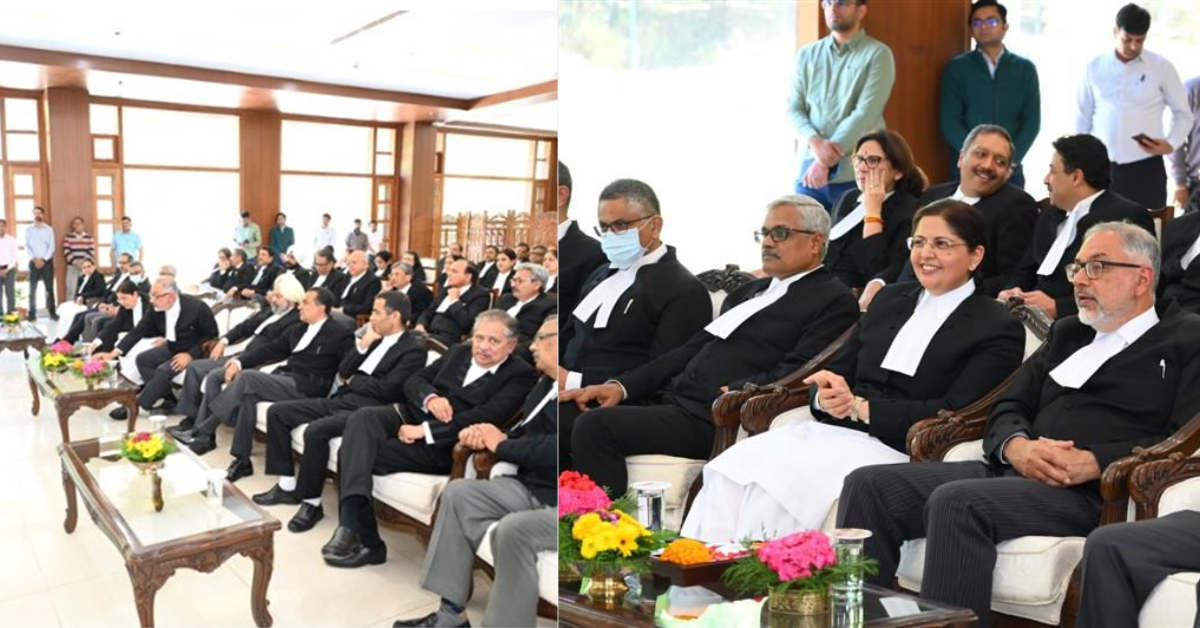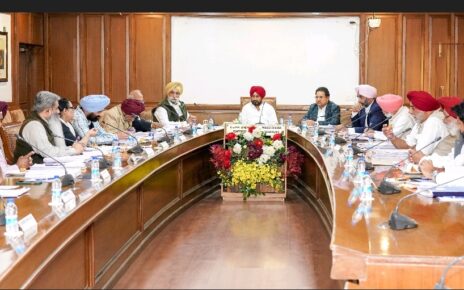In recent advancements to modernize its judicial system, the Punjab and Haryana Court in India has launched 4 innovative IT projects, which poised as a big step towards modernization. These initiatives plan to streamline legal proceedings and make the judicial system more accessible to everyone
The hybrid video-conference facility along with free public WiFi facility within the high court is inagurated by the Active Chief Justice Gurmeet Singh Sandhawalia. Inventory Management Software (IMS) for district courts, and phase II of the QR code system has also been introduced during this inaugural ceremony.
The function was attended by the computer committee chairperson Justice Lisa Gill, other panel member accompanied with all high court judges. The hybrid video-conferencing technology was also put to test when all the district and session judges in Punjab, Haryana and Chandigarh joined the ceremony virtually.
Breaking the Geographical Barriers:
One of the most remarkable advancements is the introduction of a hybrid video-conferencing facility. These technological advancements allow participants to join court proceedings from anywhere around the world, eliminating geographical barriers. This majorly benefits people with disabilities, people from distant locations, and even individuals facing conflict or transportation hurdles.
The hybrid video-conferencing system has been implemented across all district courts in Punjab, Haryana, and Chandigarh, including the High Court as well. This technology will also help to expedite the evidence-recording process by minimizing delays caused due to various issues. It also frees up time for judges and legal professionals, allowing them to focus on the core legal matters at hand.
Each courtroom has been installed with state-of-the-art equipment ensuring seamless communication and clear visibility between remote participants and the court, including HD-zoom cameras, integrated digital sound systems, advanced 4K codec systems, and large LED screens. Each courtroom has also been provided with a dedicated video conferencing link, for smooth operation in the hybrid mode.
Free Wi-Fi: No Cost Access to Justice
Another initiative is the introduction of free public Wi-Fi service within the court premises. A noteworthy initiative aims to enhance accessibility to legal resources and information for both advocates and litigants. This enables advocates to conduct legal research, access case files, and communicate with clients more effectively.
Litigants will also have the capability to track the progress of their cases and communicate with their legal representatives more efficiently. This could not only reduce the financial burden associated with seeking legal help but also empower individuals for more active participation in their legal proceedings.
Paperless Solutions via IMS for Disctrict Courts
Inventory management software (IMS) has also been introduced for district courts, showing the court’s unwavering commitment towards paperless solutions. This is an in-house developed software that aligns the distribution, delivery, maintenance, and warranty tracking of IT hardware within the district courts ensuring efficient management of IT resources and minimizes the risk of equipment-related distruption in court operations.
QR Codes for ease of acccess
The fourth initiative focused on enhancing accessibility and transparency throught the implementation of QR codes on court judegments. On scanning of these QR codes using a smartphone camera will provide quick and easy access to detailed case information for legal professionals, researchers, and the general public fostering a more efficient and transparent legal system by empowering everyone to access crucial legal information.
These IT projects marks a remarkable step towards embracing of technology in Punjab and Haryana High Court. The courts has demonstrated its commitment to streamline legal proceedings, improving accessibility to justice and cultivating a more efficient and transparent legal system



